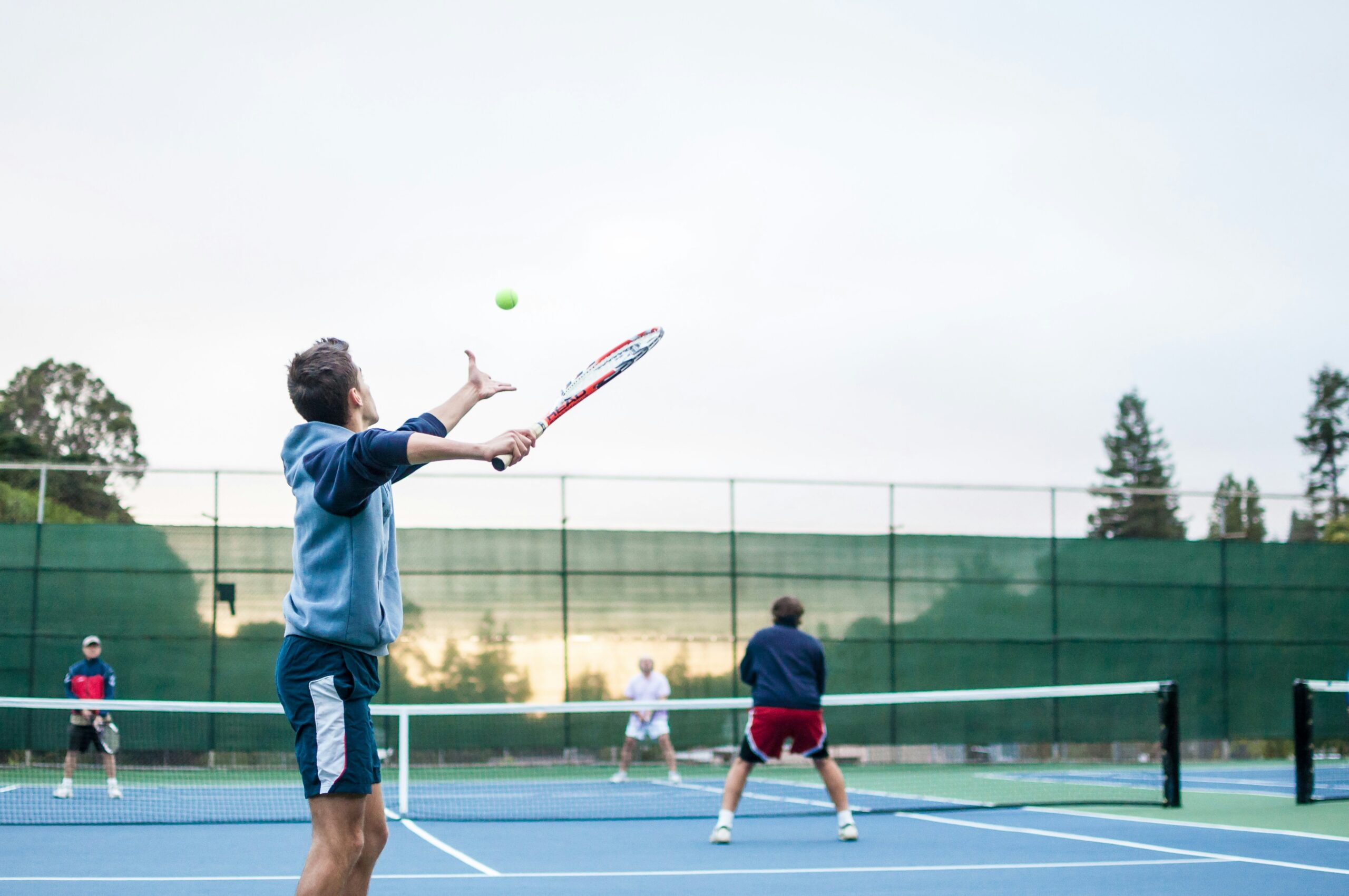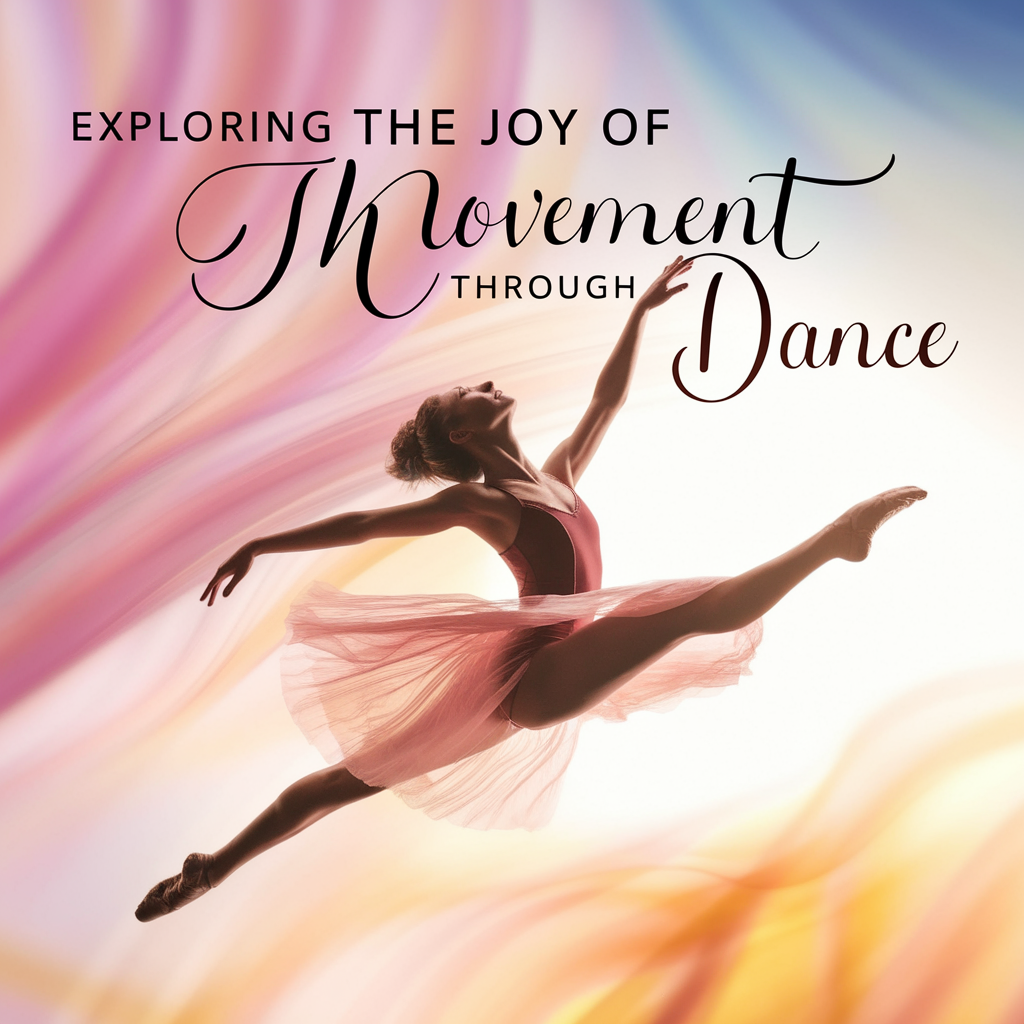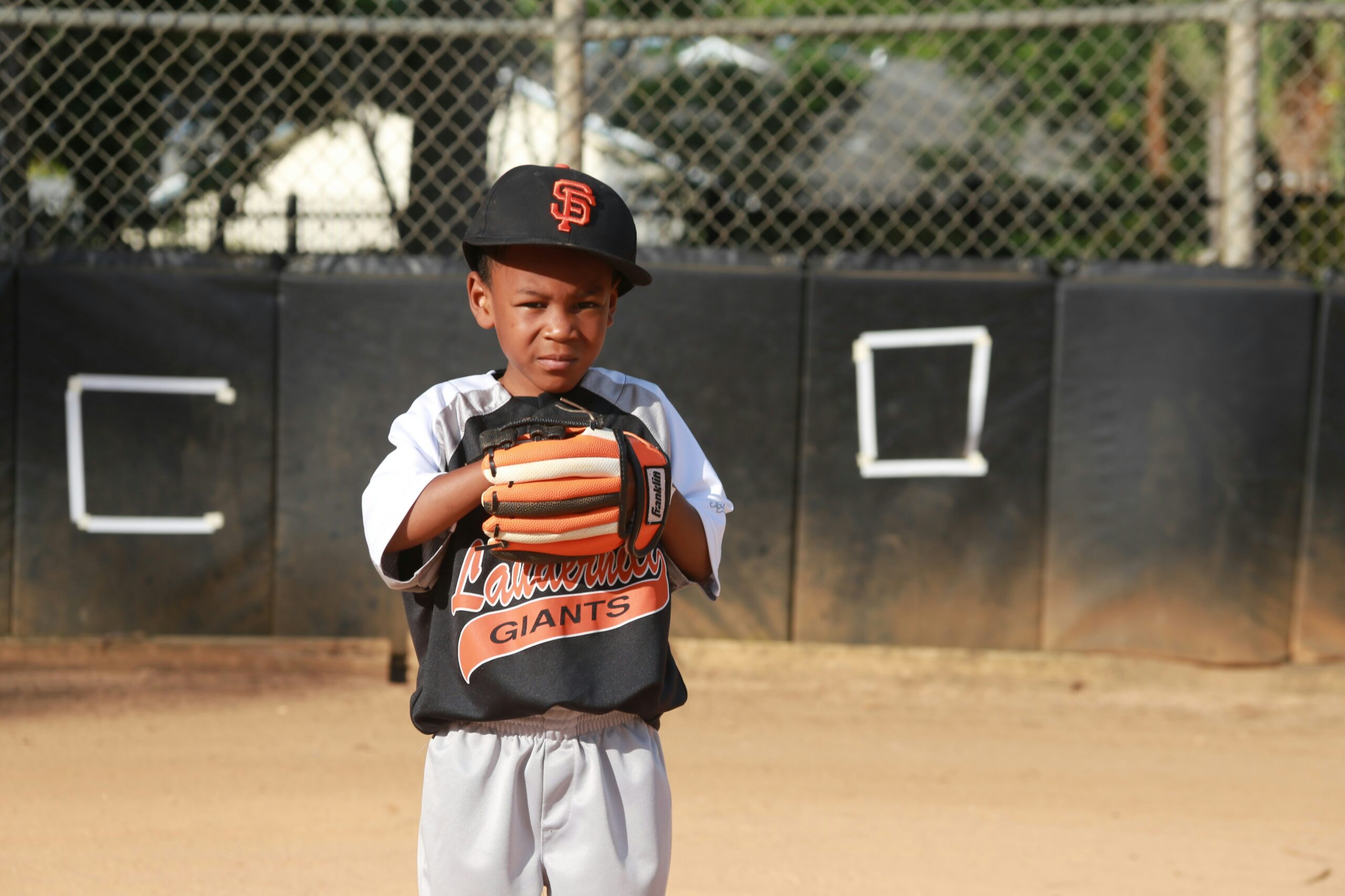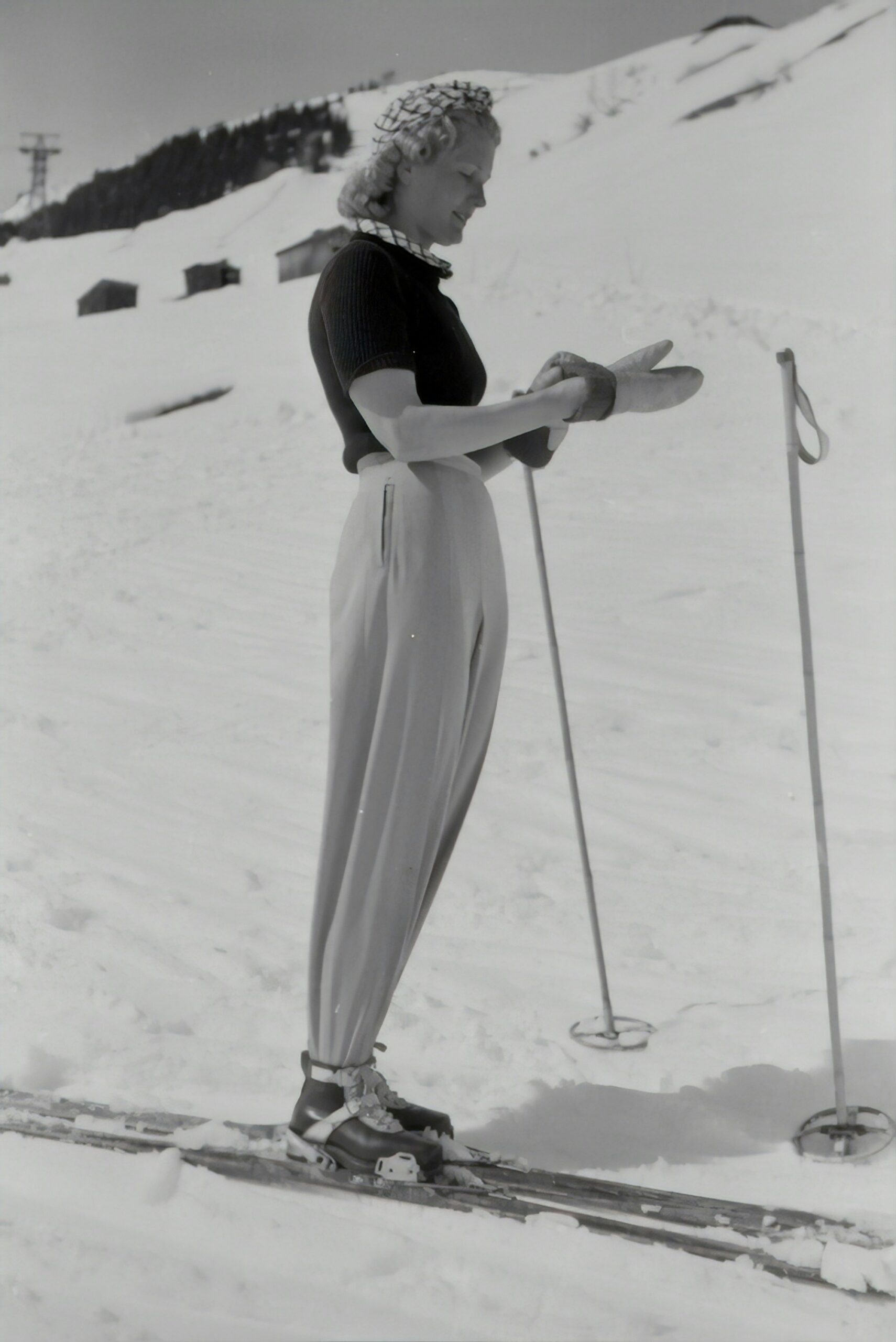Cultural Icons: The Intersection of Sports and National Identity in 2023
I remember once sitting in a crowded bar, the kind that’s dimly lit and smells like fried food and spilled beer, watching the World Cup. It was a Saturday afternoon, and the excitement was palpable. Fans from all walks of life, decked out in their national colors, were glued to the screen, shouting and celebrating like we were all part of some grand, collective ritual. It got me thinking about how sports have this incredible ability to weave together threads of culture and national identity. Fast forward to 2023, and it’s clear that this intersection has only grown more complex and fascinating.
The Global Stage: A Melting Pot of Cultures
To say we live in a globalized world is like saying water is wet. It’s just a fact. But when it comes to sports, this global stage takes on a life of its own. Take the Olympics, for instance. Every four years, we witness a parade of nations strutting their stuff, showcasing not just athletic prowess but also cultural heritage. The athletes become cultural icons, representing more than just their individual talents—they embody the hopes, dreams, and sometimes even the struggles of their countries. And let’s be honest, who doesn’t love a good underdog story?
In 2023, we’ve seen athletes like Simone Biles and Lionel Messi transcending their sports, becoming symbols of resilience and national pride. Biles, coming back to the Olympic stage after her mental health struggles, isn’t just a gymnast; she’s a beacon for a generation that’s learning the importance of mental wellness. Messi, donning that iconic blue and white jersey, became a living legend—his latest World Cup win added another layer to his already mythic status. It’s as if each goal he scores is a collective cheer from Argentina.
The Power of Representation
As we dive deeper into this topic, let’s talk about representation. It’s not just about winning medals or scoring goals; it’s about who gets to be in the spotlight. The conversation around diversity in sports has gained significant traction in 2023. We’re seeing more athletes from diverse backgrounds taking center stage, and this has a profound impact on national identity. Take Naomi Osaka, for instance. She’s not just a tennis player; she’s a voice for racial justice and mental health awareness. Every time she steps onto the court, she brings with her the weight of her heritage, her activism, and her generation’s aspirations.
Honestly, I think it’s refreshing to see athletes using their platforms for change. In a world that can feel fragmented, these figures become unifying forces. They remind us that sports can be a vehicle for dialogue and progress. And hey, who doesn’t love a good rallying cry that gets the heart racing?
National Identity in Flux
But here’s the kicker: national identity isn’t static, and it’s certainly not universal. It’s a living, breathing entity that shifts and morphs, much like a kaleidoscope. As we embrace multiculturalism, the definition of what it means to be “patriotic” or “representative” is evolving. In 2023, we’re seeing a rise in athletes who embrace dual citizenship or represent nations that aren’t the ones they were born into. For example, think of athletes like Elina Svitolina, who represents Ukraine but has ties to several cultures. This adds layers to our understanding of national pride—can someone embody multiple identities and still represent their country?
This fluidity of identity can be tricky. I mean, I’ve seen the debates online where fans feel that an athlete isn’t “really” representing their country if they weren’t born there. But isn’t that a bit narrow-minded? Sports should reflect the diverse tapestry of our societies. I’m all for celebrating heritage, but we’re living in a global community, and maybe it’s time we embrace that.
The Role of Technology
Oh, and let’s not forget the role of technology in all this. Social media has transformed how we engage with sports and athletes. In 2023, athletes are more than just figures in our living rooms; they’re accessible, relatable, and often just a tweet away. This immediacy gives them a platform to express their thoughts and connect with fans on a deeper level. I remember when I saw a video of a footballer discussing his experiences with racism during a live stream—his vulnerability resonated with so many people. It’s this kind of transparency that adds depth to the cultural icons we look up to.
And can we talk about how memes have taken sports fandom to a whole new level? I mean, who doesn’t love a good meme about a missed penalty kick? It’s all part of this cultural phenomenon where sports, humor, and national identity collide. The laughter, the frustration, the collective experience—it’s all woven into the fabric of our national narratives.
Women in Sports: Challenging Norms
Now, let’s pivot for a moment to the incredible women in sports. In 2023, female athletes are not only breaking records but also smashing stereotypes. The Women’s World Cup, for instance, has garnered unprecedented attention this year, highlighting the importance of women’s contributions to sports (and let’s face it, we’re all here for the epic rivalries). These athletes are not just playing games; they’re challenging societal norms and redefining what it means to be a woman in sports.
Consider Megan Rapinoe, who has become an international icon not just for her soccer skills but for her activism. She embodies a new wave of athletes who use their platforms to advocate for gender equality, LGBTQ+ rights, and social justice. I mean, every time she takes a stand, it’s like she’s waving a flag that says, “This is who I am, and I’m not backing down.” It’s inspiring to see athletes who refuse to be silent, using their fame to ignite conversations that matter.
The Future of Sports and National Identity
As we look ahead, what does the future hold for the relationship between sports and national identity? Honestly, I think it’s going to get even more intricate. With the rise of e-sports, we’re seeing a new frontier where national pride is expressed in virtual arenas. Gamers from different countries compete in global tournaments, showcasing their skills while representing their nations in a whole new way. It’s an exciting time, but it also raises questions about how we define sportsmanship and national allegiance in this digital age.
And don’t even get me started on the influence of globalization. We’re witnessing leagues that span continents, with players from all over the world coming together to create a melting pot of talent. The NBA, for instance, has done an incredible job of attracting international players, and this has reshaped the league’s identity. You have fans from Beijing to Buenos Aires cheering for teams, and suddenly, the concept of “home” becomes much more fluid.
Finding Common Ground
At the end of the day, sports have this remarkable ability to transcend boundaries. They remind us that, no matter where we’re from or what we believe, we can come together over a shared love for the game. Whether it’s a last-minute goal or an impressive slam dunk, these moments create lasting memories that unite us as fans, as citizens, and as human beings. It’s a beautiful reminder of our shared humanity, even in the face of our differences.
Conclusion: The Ongoing Journey
So, as we wrap up this little exploration of cultural icons and national identity through the lens of sports, I can’t help but feel optimistic. In 2023, we’re at a crossroads where culture, technology, and social movements are all influencing how we view sports and the figures who represent them. It’s a dynamic landscape, full of potential and promise. Let’s embrace the complexity of it all—after all, life is too short for simple answers. Whether you’re cheering for your favorite team or engaging in debates about representation, remember that sports are not just games; they’re a reflection of who we are as a society.
So grab your favorite jersey, pour yourself a drink, and let’s keep the conversation going. Because as long as there’s a ball to kick, a goal to score, or a race to run, the intersection of sports and national identity will continue to evolve, and I for one, can’t wait to see where it takes us next.







